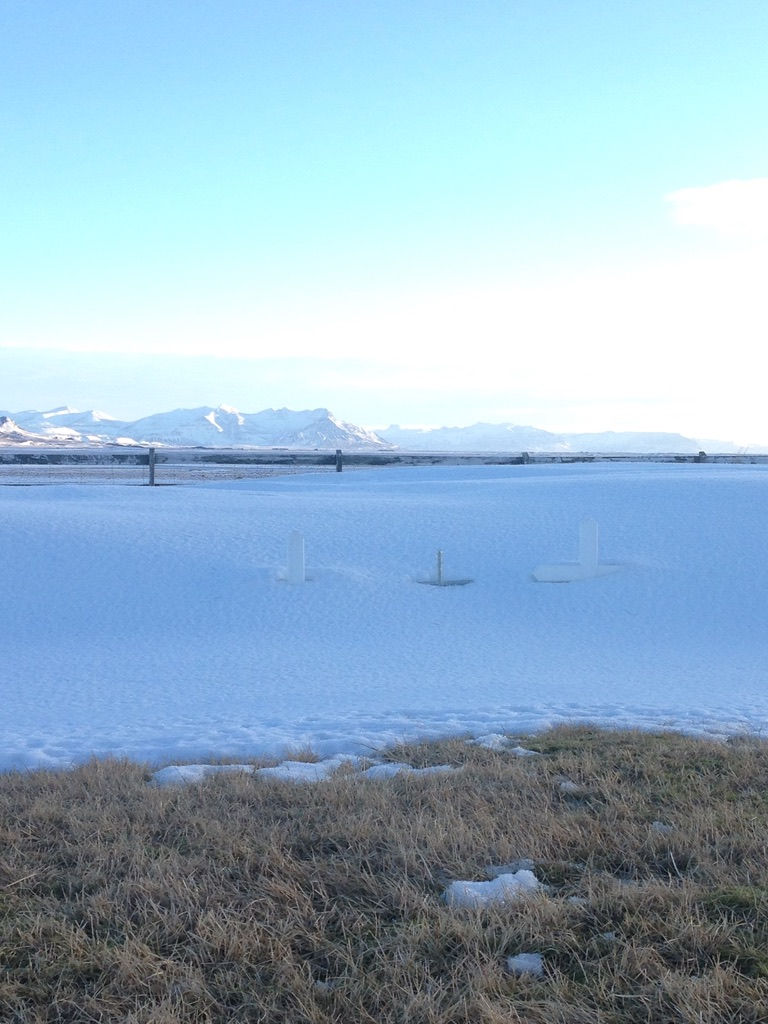Under the Glacier - a fictional truth?
- ÚR VÖR
- Jan 19, 2022
- 3 min read
Text: Emanda Percival

Living „under“ a glacier is a little like living in a bubble. Inside the bubble is a whole world that doesn’t quite align with the world outside. There is a different „beat“ to life. It’s a difficult thing to explain. I’ve attempted to write stories about it but it never feels like I get to the truth. Unlike Iceland’s Nobel Prize winner, Halldór Laxness, who managed to capture the glacial experience in his experimental fiction novel, „Under the Glacier“.
It can take an effort to be absorbed by this book. The label „experimental fiction“ can make even the most avid reader put up mental barriers. It is worth persevering.
The world Laxness creates with his satiric writing skills spins with unanswered questions, lost pastors, missing wives, fish; and in so doing presents a truth of a small place with a lot of natural influence. Like all great writing, it sticks in the mind like toffee, even now, a year since closing the last page, I find myself reflecting on EmBi and Brún-under-Glacier with wonder and curiosity, as if he were a person I’d actually met.
„Under the Glacier“ is set in the farmlands at the foot of Snæfellsjökull on Snæfellsnes peninsula, Iceland. Jules Verne first posited this area was the „true“ centre of the world in his 1864 novel, „Journey to the Centre of the Earth“, Laxness’s characters confirm it in 1968. When you are standing in the area in 2022, it still feels like it could be true.
While many mountains have jagged edges and are buttressed by rolling hills. Snæfellsjökull is a child’s’ drawing of a round top mountain brought to life. Definite lines drop from a softly rounded, ever-white dome, where, with no interruptions they hit the plain and sweep, in one level line, all the way to the sea. Farms are neither close together, nor tucked against the mountain base, but scatter themselves around the plain as if, when the houses were built, occupants decided they’d like to be able to borrow a cup of sugar from each other, but only after a bit of effort. The only things that huddle in Snæfellsnes are the horses.

In fiction and reality, the glacier Snæfellsjökull towers over the community, holding long forgotten secrets in its centuries old ice. The peninsula under it is raw and open, with no shelter, other than those built by people. It is impossible to think the sparse community is not deeply affected by their surroundings. In Laxness’s novel this effect on the locals is told through the eyes of an outsider, a young, bishop’s emissary, EmBi, sent to Brún-under-Glacier to discover the truth behind rumors the local pastor has become, “inadequate to his calling“. EmBi becomes embroiled in a maze of religious freedom and twisting realities, which he struggles to align with the city and church he came from.
I stayed under Snæfellsjökull during winter when, as the sun only skims the horizon for a few hours everyday, you are spun into a world with a palette of blues and whites, and night and day exist in the same moment. Snowdrifts gather against any solid surface – building, horse, car - or are blown endlessly away leaving bare ice gripping determinedly to rocks and grass. The salmon rivers, empty of fish, move sluggishly over rocks capped by ice. EmBi visited when there was relative warmth.
The fields were filled with deep grass, the rivers rushed to give the salmon something to swim against, and summer cottages were occupied. In both seasons the other-worldliness exists and both EmBi and I found that different „beat“ left us feeling like outsiders scrabbling to make things fit. It left us questioning spirituality, the linear idea of time, and reality.
Reading „Under the Glacier“ after staying under Snæfellsjökull it was clear Laxness had managed to tell a truth of this area through a story that was not true. Much of this truth comes from the spinning satirical dance of the novel, and how, as a reader, you can never trust that the ground isn’t about to shift beneath your feet. I wonder if even Laxness could have written a story of glacial life in any form other than experimental.
Comments